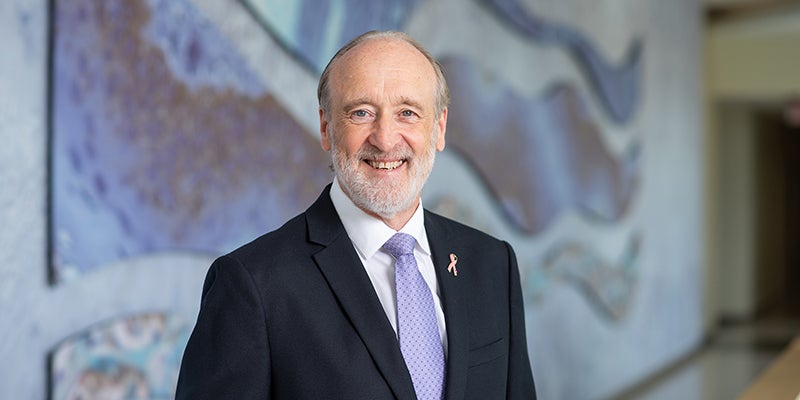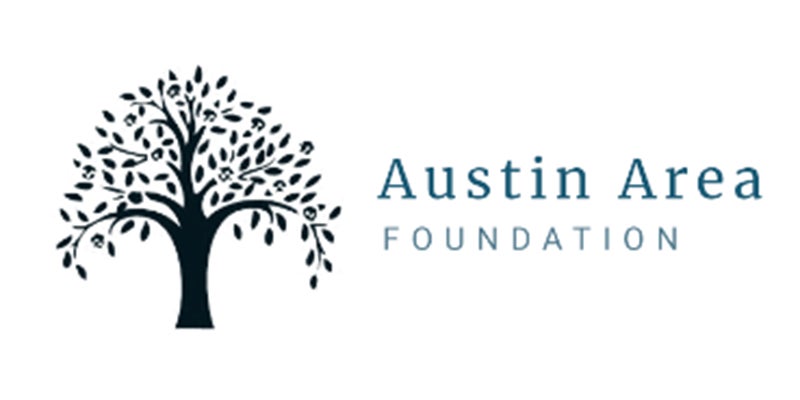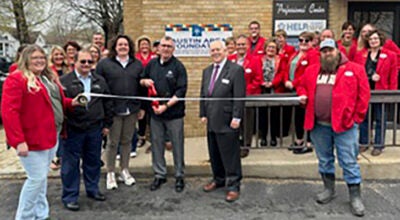Majority of MN students now have option to attend school in person
Published 5:57 pm Tuesday, March 9, 2021
|
Getting your Trinity Audio player ready...
|
By Elizabeth Shockman
In a February news conference, Gov. Tim Walz told Minnesota school leaders he wanted every student to have the chance to attend classes in person five days per week by March 8.
“We can do this,” he urged.
Now that target date for in-person classes has come and gone and approximately 90 percent of Minnesota schools are offering students the option to actually walk into their school buildings on weekdays to see their teachers and classmates for in-person instruction. But districts and charters are still struggling to offer 5 full days of learning every week.
Close to a third of students are still faced with a hybrid scenario. And more than 11 percent have no option outside of distance learning.
Younger students are much more likely to be able to attend classes in person. Approximately 80 percent of elementary students have the option to do full-time in-person learning. But that number starts dropping significantly once you look at students in middle and high school. Right now, only about a third of older students have the option to do full time in person learning. The rest are in hybrid or distance learning models.
For Fridley Public Schools, like many districts in Minnesota, the transition to in-person learning just takes time. The Twin Cities metro area district currently offers in-person learning for its elementary students and hybrid learning for middle and high school students. But next week Fridley plans to transition older students to in-person learning four days a week.
Jael McLemore, Fridley’s director of communications, said that transition takes a lot of planning and logistical shuffling; they need to rearrange staffing and scheduling, give teachers time to prepare, move furniture around and make sure buildings are ready to handle a significant increase in students.
“A capacity issue still exists,” McLemore said. “How do you bring back kids safely while balancing the need for kids to learn on site but also looking at all the mitigating issues you need to address in order to maintain a safe environment for students and staff?”
Although many more schools are offering in-person learning, not all students are choosing to return to buildings. In Fridley, almost half of middle and high school students have chosen to remain in distance learning, even when in-person classes are offered.
In the Bloomington Public School district, which welcomed secondary students back to buildings on Monday, a quarter of Jefferson High School students chose to remain in virtual learning and nearly a third of Kennedy High School students chose to continue attending classes from home.
The requirement to offer both in-person and distance learning to students comes at a cost. For Fridley Public Schools, it means all secondary students are sent home on Wednesdays to allow teachers time to prepare and plan for teaching virtually and in-person at the same time.
“Like many school districts, we didn’t hire additional staff for that, so we have some staff members who are sort of doing double duty. They’re teaching on site students and they’re also teaching remote learning. They need time to prep for those two options,” McLemore said.
While the number of in-person classes is steadily rising, the number of educators who’ve been able to receive the vaccine is also growing. As of Saturday, state officials estimated that close to 55 percent of Minnesota’s 230,000 school staff and childcare workers had been vaccinated.
“With more than one million Minnesotans vaccinated against COVID-19 and our students back in the classroom, the light at the end of this pandemic grows brighter every day,” Walz said in an emailed statement.




